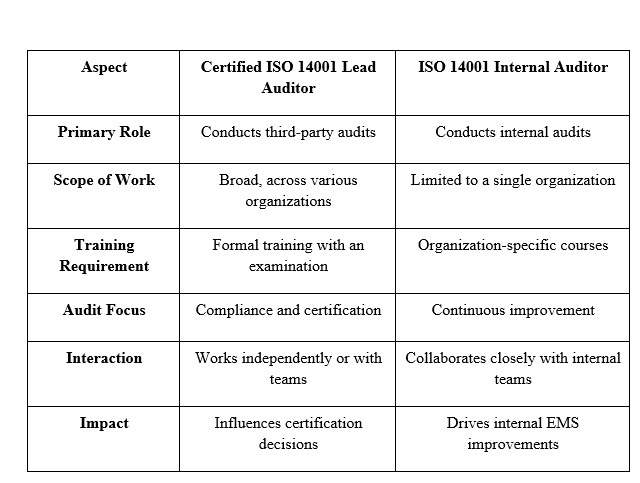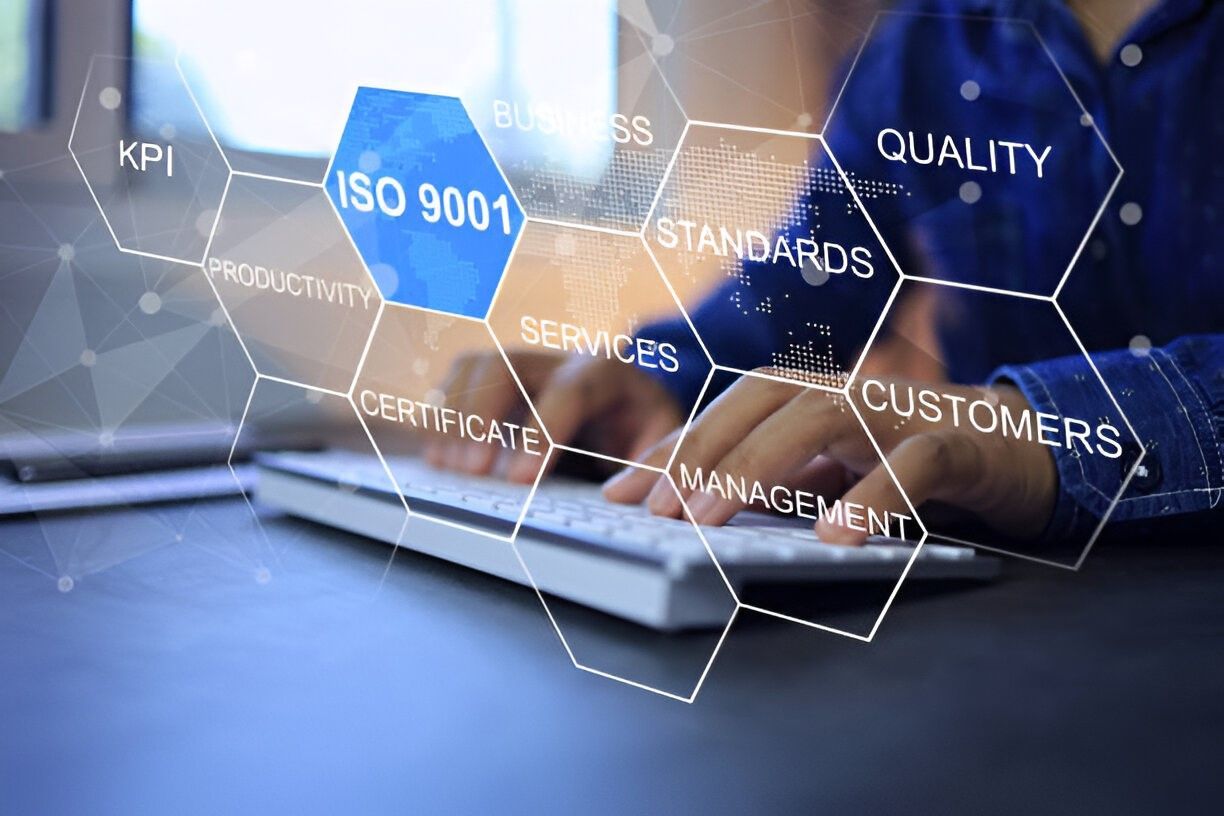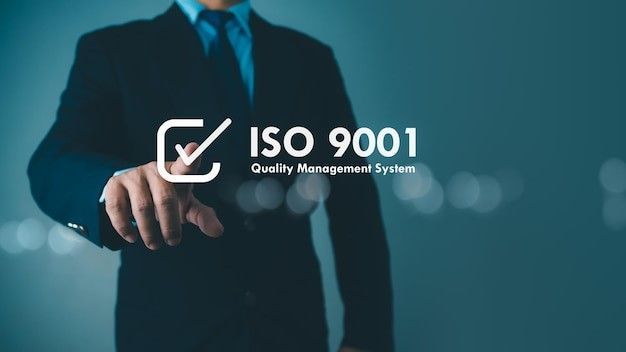Mastering ISO 14001: The Journey from Lead Auditor to Internal Auditor
Organizations are increasingly mindful of their environmental impact, and achieving ISO 14001 certification has become essential for demonstrating environmental responsibility. In this pursuit, understanding the roles of a Certified ISO 14001 Lead Auditor and obtaining an ISO 14001 Internal Auditor Certification can be a game-changer. Here's how you can explore these paths and their impact on environmental management systems (EMS).
Why Does ISO 14001 Matters?
ISO 14001 sets the global standard for environmental management. It enables organizations to manage resources efficiently, reduce waste, and ensure regulatory compliance. With growing environmental concerns, companies are under greater pressure to adopt eco-friendly practices, making the role of trained auditors pivotal. Both Lead Auditors and Internal Auditors are crucial in verifying that an organization's EMS aligns with the ISO 14001 requirements.
The Role of a Certified ISO 14001 Lead Auditor
A Certified ISO 14001 Lead Auditor holds a comprehensive understanding of the ISO 14001 standard and how to apply it across different industries. Lead Auditors are trained to assess EMS performance, identify non-conformities, and recommend improvements. They also lead third-party audits, often working independently or for certification bodies. This role requires an advanced understanding of audit principles, environmental regulations, and effective communication.
Gaining this credential often involves formal training and passing an examination. The course typically covers audit techniques, risk management, and practical exercises to prepare auditors for real-world scenarios. Even though ISO Advice does not offer certifications or training, it serves as a resourceful guide to understanding these essentials and how you can embark on the path to becoming a Certified Lead Auditor.
ISO 14001 Internal Auditor Certification
On the other hand, an ISO 14001 Internal Auditor plays a critical role within an organization, conducting regular audits to ensure compliance with environmental standards. Internal auditors help maintain the EMS's effectiveness by identifying areas for improvement and mitigating potential risks. This role doesn’t usually require the same level of rigor as a Lead Auditor, but it still demands in-depth knowledge of the ISO 14001 framework.
Achieving an ISO 14001 Internal Auditor Certification typically involves courses that are more organization-specific. They teach practical auditing skills like planning audits, conducting evaluations, and reporting findings. Internal Auditors often collaborate with teams to implement corrective actions, driving continuous improvement within the EMS.
Bridging the Knowledge Gap with ISO Advice
If you’re solving your journey between these certifications, understanding how to effectively prepare is key. ISO Advice provides valuable information on the scope and requirements of both roles, helping you choose the path that aligns with your career aspirations.
By equipping yourself with the necessary skills and knowledge, you’ll be well-positioned to advance environmental sustainability in your organization.
Achieving Environmental Excellence with ISO Advice
Whether you’re pursuing a Certified ISO 14001 Lead Auditor credential or aiming to become an ISO 14001 Internal Auditor, a strong foundation in environmental management is essential. Your expertise will contribute significantly to your organization's compliance and environmental goals.
Ready to learn more?
Explore our resources at ISO Advice to understand how you can drive your auditing career forward and make a lasting impact on environmental sustainability!
Comparison Table: Certified ISO 14001 Lead Auditor vs. Internal Auditor












